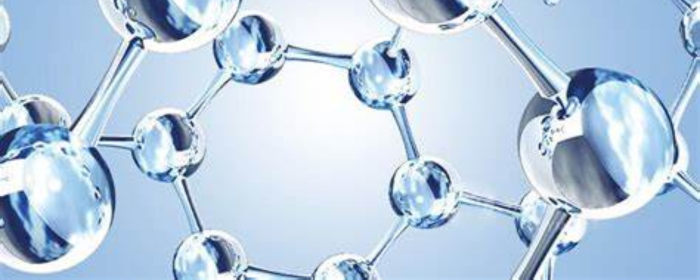
Concentration is a crucial factor when using hyaluronic acid powder. It impacts the efficacy of hyaluronic acid (HA), user experience, and relevant application domains. Different concentrations of hyaluronic acid are suitable for different needs. Management of the concentration is needed for ensuring optimal benefit from hyaluronic acid with regards to safety and effectiveness.
How Concentration Affects the Effectiveness of Hyaluronic Acid
Moisturizing Effect
Hyaluronic acid is mostly used to moisturize the skin. When it is used at high concentrations, it creates a layer that traps moisture and leads to more intense hydration. Nevertheless, the high concentration of hyaluronic acid can lead to sticky skin, especially when used in cosmetics. Low concentrations ranging from 0.1% to 0.5% are, on the other hand, suitable for use on a daily basis in creams and toners. The low concentrations moisturize adequately without leading to stickiness.
Skin Repair
Besides moisturizing, hyaluronic acid also helps repair skin. Hyaluronic acid enhances the elasticity and softness of the skin. More concentrated levels enhance skin cell repair, something that is especially useful for skin that has damaged skin, wrinkles, or fine lines. For everyday care, lower levels help maintain the skin naturally moist. However, more concentrated levels are appropriate for repairing the skin, reducing fine lines, and restoring elasticity.
Viscosity
The thickness of hyaluronic acid is what determines its thickness. It is thicker and hence more concentrated when it contains high concentrations, making it form a protective barrier on the skin and reduce water loss. However, the thickness is not comfortable, especially when there is warm weather or for people with oily skin. Lower concentrations will be more refreshing and are best used during the day because they hydrate the skin without being greasy. High concentrations should be used at night or during arid seasons since they trap moisture nicely, though they will be faintly tacky.
Medical Effects (Joint and Ophthalmic Applications)
Hyaluronic acid finds medical use in joint injections as well as eye therapy. The concentration controls how well it works in these areas. Higher concentrations provide more lubrication, which reduces friction in the joints and inflammation. For example, joint injections typically use 1% to 2% concentrations to ease movements and alleviate pain. In the treatment of eyes, smaller concentrations between 0.1% to 0.5% are used to moisturize and lubricate eyes, giving relief and improving eye condition.
How to Control the Concentration of Hyaluronic Acid Powder
1. Choose the Right Concentration for Your Application
Select the concentration based on the specific application scenario:
- Skincare: Typically uses concentrations between 0.1% and 2%. Choose higher concentrations for dry or mature skin and lower concentrations for oily or combination skin.
- Medical Injections (Joint and Eye Injections): Higher concentrations are usually used, ranging from 1% to 2%, depending on the treatment needs.
- Oral Supplements: Lower concentrations, generally between 0.1% and 0.5%, to ensure easy digestion and absorption.
2. Select an Appropriate Dissolving Method
Controlling concentration also depends on the dissolving method. Ensure that the hyaluronic acid powder fully dissolves in water to avoid uneven concentrations.
- Stirring Evenly: Use continuous stirring to distribute the powder uniformly in the solution and prevent clumping.
- Gradual Addition: Add the powder gradually to water, stirring slowly until fully dissolved. Avoid adding too much powder at once, which can make dissolving difficult.
3. Use the Right Solution Base
Different applications require not only specific powder proportions but also the right solution base. For medical treatments, the solvent is usually saline or sterile water. In skincare, water-based, oil-based, or emulsion bases may be chosen to adjust the concentration of hyaluronic acid.
Risks of Too High or Too Low Concentration
As a skincare ingredient, too high a concentration of hyaluronic acid may make the skin feel sticky and less breathable. In joint injections, a high concentration can increase pressure within the joint, causing discomfort or other side effects.
On the other hand, too low a concentration may not provide sufficient moisturizing effects. In dry environments, it might fail to achieve the desired repair effect. For joint lubrication and ophthalmic treatments, low concentrations may not offer adequate lubrication or repair, affecting the treatment’s effectiveness.
Summary
Concentration plays a vital role when using hyaluronic acid powder. It directly affects the efficacy and user experience of hyaluronic acid. Whether in skincare, medical treatments, or oral supplements, choosing the appropriate concentration is crucial for achieving the best results.
